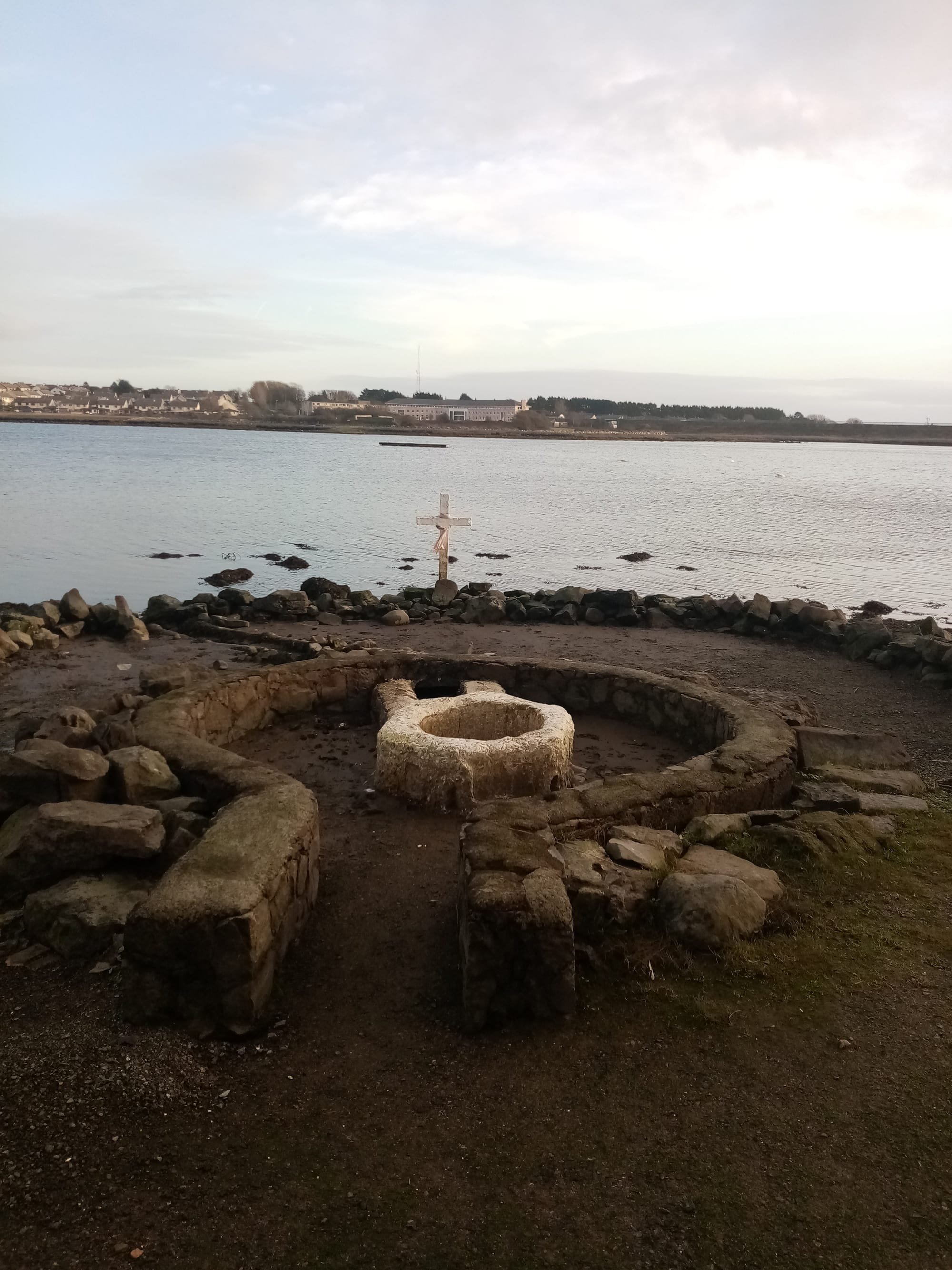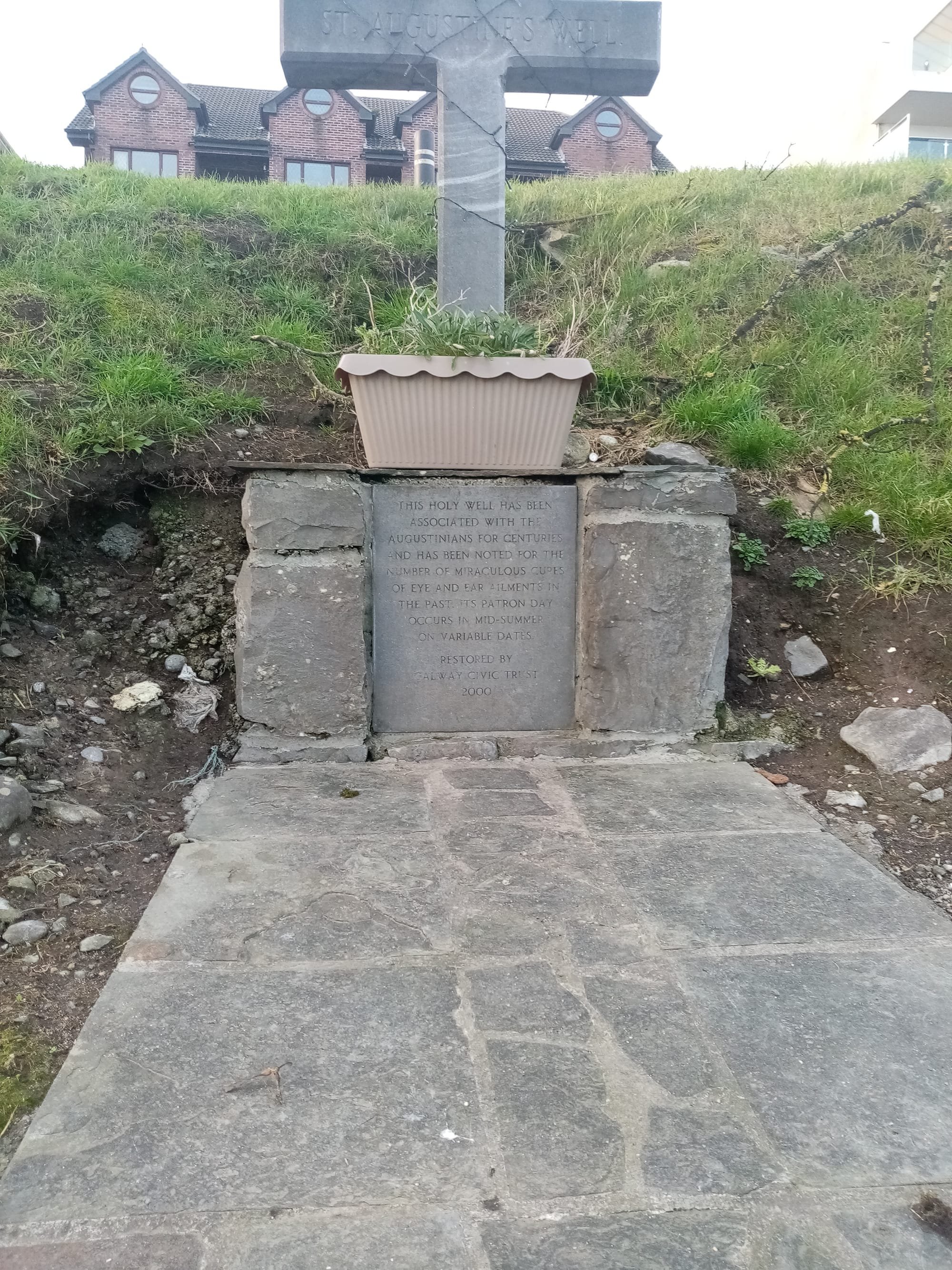History of Lough Atalia
Lough Atalia has been dated back to the Bronze and Iron Age. According to the Renmore Community, there is evidence of ancient cooking site, known as a Fulachta Fiadh. A fulachta fiadh is a type of cooking pit, dug deep into the ground, used by people in Ireland during the Bronze and Ice Age. To use one, you would need to fill it up with water. You would then heat up rocks until they glowed. Then, using a metal rod, you would dump them into the fulachta fiadh to boil the water. A fulachta fiadh has many functions, such as cooking, bathing and dying cloth. According to https://excavations.ie, a fulachta fiadh was excavated at Lough Atalia in 2005. However, there are no photos of the fulachta fiadh in Lough Atalia.
During the Siege of Galway, Charles Coote, who helped with the siege, noticed that Lough Atalia was connected to Lough Corrib. Since they were connected to each other, it was extremely hard for Cromwellian forces to capture Galway. Due to this, when Coote arrived in Galway in August 1651, he laid out siege lines between Lough Corrib and Lough Atalia and ordered a blockage of Galway city. This caused people in the city to starved as food supplies were blocked off as well.
 St Augustine's Well
St Augustine's Well
 Memorial For St Augustine
Memorial For St Augustine
St Augustine was a 4th century philosopher. He was well known for his contributions for Western Philosophy and being a Catholic Theologian. St Augustine well in Lough Atalia was dedicated for St Augustine. It was made in 1600s. According to James Hardiman, it has made cures for eyesight and sicknesses. In 1673 on June 11, it apparently made a supernatural cure for fourteen-year old Patrick Lynche. Lynche had a 'disease' that was considered 'incurable' at the time. According to Hardiman, he couldn't eat, and whatever he ate, he threw right back up. As he was getting ready to 'die', he was brought, dipped in well and fell asleep. He got a vison when he was sleeping, which told him to visit the well three times a day and drink the water in the well three times a day also. He did this and he was cured within nine days. In an article about holy wells created by Peadar O' Dowd, this well also cured a girl with bad eyesight and a man with a bad back by being dipped inside the well. In 2000, they removed the original cross and replaced it with a new one.
